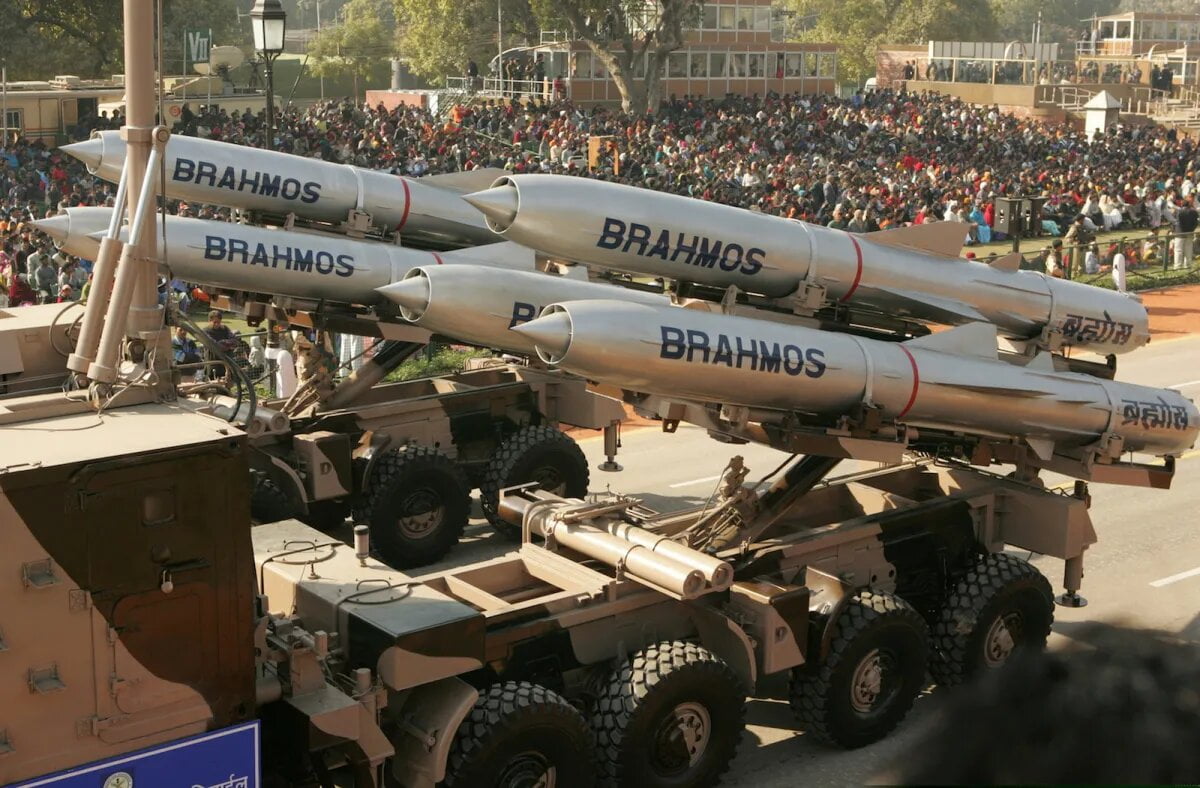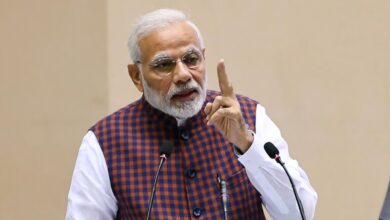‘Sky Is The Limit’ –Brahmos Brings India Into The “Elite Club,” DRDO Now Banks On “Key Weapons” To Hit $5 Billion Export Target

- The head of the DRDO, Dr. G. Satheesh Reddy, said that some surface-to-air missiles made in India have gotten the attention of other countries.
- According to a list released by the Defense Research and Development Organization (DRDO) last year, there are 19 aeronautical systems
“The Indian Defense sector, which is the second largest military in the world, is on the verge of change. In the last five years, India’s defence exports grew by 334%. Thanks to teamwork, India now exports to more than 75 countries,” PIB tweeted on September 25.
India’s exports of defence and technology goods hit a record high of Rs 12,815 crore in the fiscal year 2021–2022. This was an increase of 54.1% over the previous year. It’s important to know that exports went up by about eight times in the fiscal year 2022 compared to the previous fiscal year.
India’s defence exports were worth Rs 8,434 crore ($103 million) in 2020–21, Rs 9,115 crore ($112 million) in 2019–20, and Rs 2,059 crore ($253 million) in 2015–16, according to the reports.
The Indian Defence sector, the second largest armed force is at the cusp of revolution.
Defence exports grew by 334% in the last five years; India now exporting to over 75 countries due to collaborative efforts.#8YearsOfMakeInIndia #AmritMahotsav @makeinindia pic.twitter.com/r2p8ErqmIq
— PIB India (@PIB_India) September 25, 2022
Most of the defence goods India sells go to the Philippines and other countries in South-East Asia, the Middle East, and Africa. The government has said that the country sends weapons and defence items to about 75 other countries around the world.
The news comes a few months after the Indian Defense Ministry said in March 2022 that the value of India’s arms exports had increased by about six times since 2014, reaching Rs 11,607 crore ($1.4B) for the financial year.
In October 2021, India’s Defense Minister Rajnath Singh said that his country was one of the top 25 exporters. In April, the Indian Ministry of Defense changed the way it bought weapons so that it could only buy weapons made in India, with a few exceptions.
These changes were made as part of the “Make in India” initiative, which was started by the current government in 2014 to encourage people to buy and make things in India. Singh says that the Indian Ministry of Defense has made a list of more than 300 different systems that won’t be brought in.
A Long Journey For Defense Export Gains
The Indian government has taken a two-pronged approach: it is trying to reduce the amount of defence it imports while also encouraging it to send defence to other friendly countries. The Department of Defense Production (DDP) has released lists of subsystems, assemblies, subassemblies, and components that Defense Public Sector Undertakings can buy instead of importing (DPSUs).
When the deadlines are set, imports of strategic defence equipment like light tanks, helicopters, and unmanned aerial vehicles (UAVs) would be banned.
The Defense Ministry wants to make 1.75 lakh crores worth of weapons by 2025, including 35,000 crores worth (about $5 billion at a rate of exchange of 1:70) of weapons for export.
Last month, India’s Defense Minister Rajnath Singh said that India’s Defense Public Sector Undertakings are likely to help the country reach this goal by between 70% and 80%.
A very important export deal was made in January of this year to send BrahMos supersonic cruise missiles to the Philippines for $375 million (Rs 2,770 crore). The deal between India and the Philippines is part of India’s plan to make weapons in its own country.
The BrahMos order would be the country’s biggest export, even though the Indian government had already won a $40 million deal from the Armenian government for radar systems that can find weapons.
Estimates show that this agreement will make it possible to make more deals with the Philippines and other ASEAN countries like Indonesia and Vietnam.
Reports say that Southeast Asian countries other than the Philippines, like Thailand, Indonesia, and Vietnam, are interested in both land-based and sea-based BrahMos. Saudi Arabia, the United Arab Emirates, Argentina, Brazil, South Africa, and South Africa are all possible clients.
BrahMos and Akash are two types of air defence missiles that could be bought by the UAE and Saudi Arabia. Akash is one of the most important missiles in the country because more than 96% of it is made in the country. The Indian Air Force (IAF) and Army both got the surface-to-air missile in 2014 and 2015, respectively.
The head of the DRDO, Dr. G. Satheesh Reddy, said that some surface-to-air missiles made in India have gotten the attention of other countries.
“A number of countries are interested in Akash surface-to-air missiles, Astra missiles, anti-tank missiles, radars, and tornadoes. There are a lot more systems being made that use advanced technology and could be exported.
India has also tried hard to sell its Light Combat Aircraft Tejas to other countries that might be interested in buying it. It is now one of the best options for the Malaysian light attack fighter.
Egypt is also thinking about buying up to 70 light combat aircraft called Tejas. Cairo is also thinking about buying missile systems, the Advanced Light Helicopter, and the Light Combat Helicopter, all of which are made in India.
Hindustan Aeronautics, which is owned by the government, has offered Argentina the Light Combat Aircraft “Tejas” Mark IA and two-seater trainers. The South American country is reportedly looking at the Tejas from India and the JF-17 from China and Pakistan.
India also wants to sell its Advanced Light Helicopter (ALH) Dhruv Mk3 outside of India. The Philippines has been looking at the maritime version of the Dhruv ALH to see if it can help with maritime law enforcement.
In January of this year, HAL and Mauritius made a deal for HAL to give the Mauritius Police Force one Advanced Light Helicopter MK2.
India gave the go-ahead to export 156 pieces of defence equipment in February 2021. This includes the homegrown LCA Tejas, artillery guns, battle tanks, missiles, anti-tank mines, and explosives.
According to a list released by the Defense Research and Development Organization (DRDO) last year, there are 19 aeronautical systems, 41 armament and co-missile systems, 27 electronic and communication systems, ten life protection items, four microelectronic devices, 28 naval systems, 16 nuclear, biological, and chemical (NBC) equipment items, and seven other materials.
Russia’s defence industry is busy with a never-ending war and is being hurt by Western sanctions, so India is working hard to fill the shoes of a huge defence supplier like Moscow.







Facebook Comments